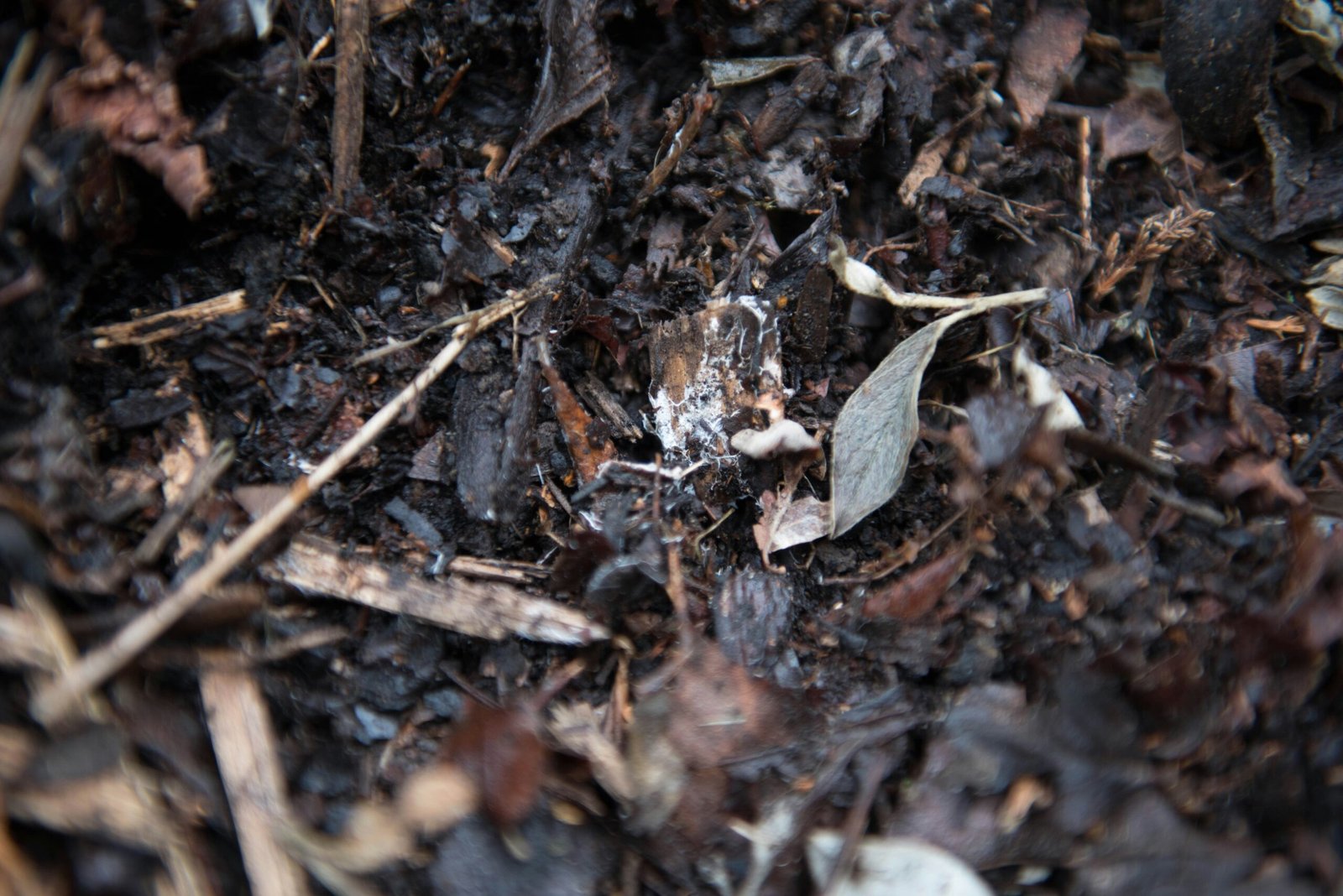Spring is just around the corner, and it’s time to start thinking about your garden. Whether you’re a seasoned gardener or a beginner, having a well-organized garden plan can make all the difference in ensuring a successful and bountiful harvest. In this article, we’ll explore the importance of mapping out your spring planting strategy and provide some tips to help you get started.
1. Assess Your Garden Space:
Before diving into the planning process, take some time to assess your garden space. Consider the size and layout of your garden beds, as well as any existing plants or structures that may impact your planting decisions. This will help you determine how much space you have available and how to maximize its potential.
2. Determine Your Planting Goals:
Next, think about your planting goals for the season. Are you looking to grow vegetables, flowers, or a combination of both? Consider your preferences, as well as the climate and growing conditions in your area. This will help you choose the right plants that are suitable for your garden.
3. Research Planting Zones and Frost Dates:
Understanding your planting zone and frost dates is crucial for successful gardening. Different plants have different temperature requirements, and planting them at the wrong time can result in poor growth or even plant death. Research your specific planting zone and frost dates to ensure you’re planting at the appropriate times.
4. Create a Planting Calendar:
Once you have all the necessary information, it’s time to create a planting calendar. This will serve as your guide for when to start seeds indoors, transplant seedlings, or directly sow seeds into the ground. Divide your calendar into monthly or weekly sections, and make note of the specific plants you’ll be planting during each time period.
5. Consider Companion Planting:
Companion planting is the practice of growing certain plants together to benefit each other. Some plants repel pests, while others attract beneficial insects or improve soil fertility. Research companion planting combinations that work well for the plants you’ll be growing. This will help maximize your garden’s productivity and reduce the need for chemical pesticides.
6. Plan for Succession Planting:
Succession planting involves planting crops in stages to ensure a continuous harvest throughout the growing season. As soon as one crop is harvested, another is planted in its place. This technique allows you to make the most of your garden space and enjoy a variety of fresh produce all season long.
7. Consider Vertical Gardening:
If you have limited garden space, consider incorporating vertical gardening techniques. This involves growing plants vertically using trellises, stakes, or hanging baskets. Vertical gardening not only maximizes space but also adds visual interest to your garden.
8. Take Notes and Make Adjustments:
Throughout the season, make notes of what worked well and what didn’t in your garden. Keep track of planting dates, plant performance, and any issues you encountered. This information will be invaluable for future planning and adjustments to your garden strategy.
In conclusion, mapping out your spring planting strategy is essential for a successful and productive garden. By assessing your garden space, determining your planting goals, researching planting zones, creating a planting calendar, considering companion planting and succession planting, and making use of vertical gardening techniques, you’ll be well on your way to a flourishing garden. Remember to take notes and make adjustments along the way, as gardening is a continuous learning process. Happy planting!
So, get your gardening gloves on, grab your tools, and start mapping out your spring planting strategy. Your garden will thank you with a bountiful harvest!





